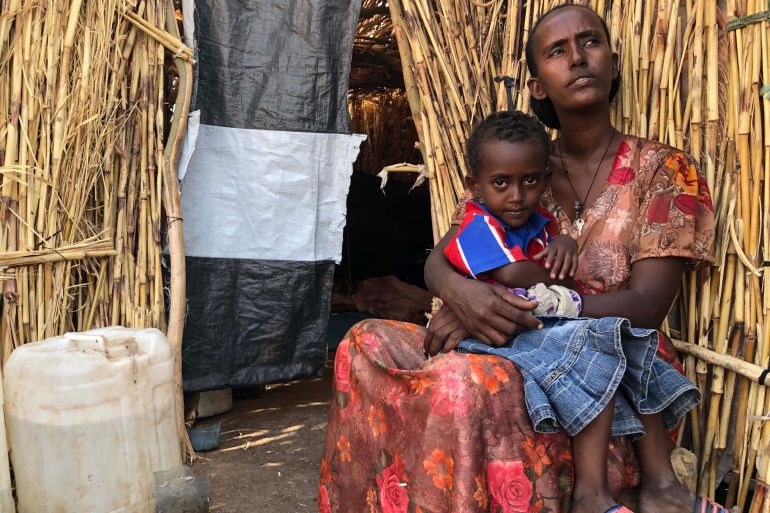Ethiopian refugees continue to cross into Sudan but at the border they get little support and humanitarian aid.


Jason Rizzo is a project coordinator who has worked with MSF since 2017 in Sudan, South Sudan, Democratic Republic of Congo, Libya and as part of MSF’... s search and rescue mission for refugees and migrants in the Mediterranean Sea. Most recently, he spent five months in Sudan managing MSF’s emergency response for refugees arriving at Hamdayet border crossing from Ethiopia’s Tigray region.
Ethiopian refugees continue to cross into Sudan but at the border they get little support and humanitarian aid.
